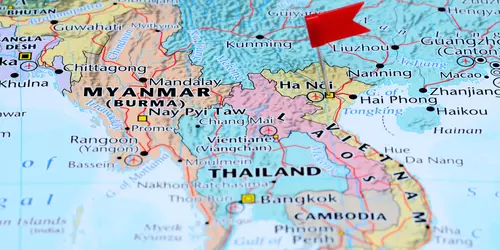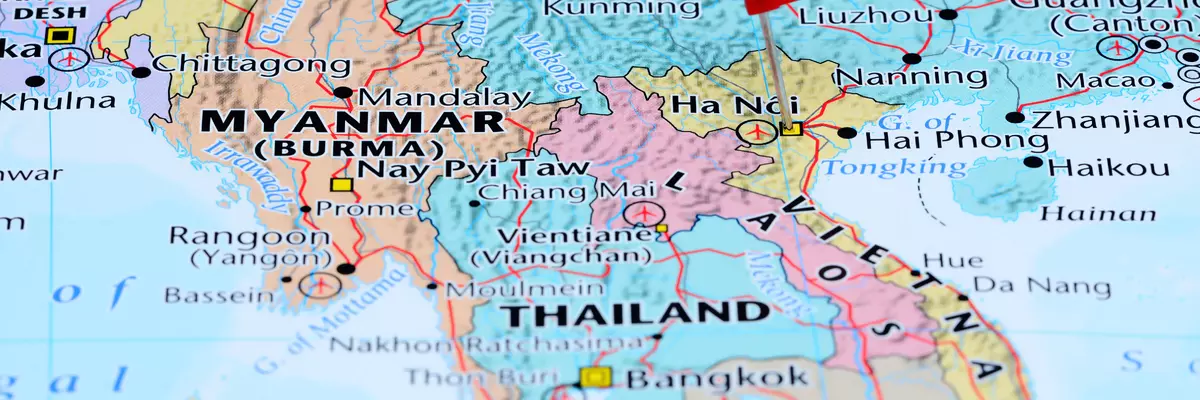
The climate year of Vietnam
Vietnam is located in the subtropical and tropical latitudes and is correspondingly warm throughout the year. Approximately in the middle of the country is the Hai Van or Cloud Pass, which forms a natural border between the two parts. It lies at an altitude of 496 meters and is often shrouded in fog or low-hanging clouds. Along the long coastline, warm temperatures ensure high humidity all year round. The interior of the country is dominated in the north by the Truong Son Mountains, which are located in the border area of Laos and Vietnam. In the plateau, the thermometer drops accordingly to cooler values. In the south, on the other hand, is the Mekong Delta, where a tropical climate prevails with permanently warm temperatures and high humidity.
General information about Vietnam
Vietnam has become a very popular tourist destination in recent decades, boasting a large number of attractions. The historic Old Quarter of the capital city formerly known as the Paris of Asia Hanoi attracts numerous visitors, who often use their stay to take a trip to Ha Long Bay, recognized by UNESCO as a World Heritage Site. Further south, along the former demarcation line, there are numerous legacies of the bloody Vietnam War, including both American positions and Viet Cong underground bunkers. In the old imperial city of Hue, ancient temples and the Forbidden City can be visited, which were designed by the rulers according to Chinese models. A popular route leads from here via the picturesque beaches of Nha Trang to Ho Chi Minh City, which is still often referred to by its former name of Saigon.
Tourism Vietnam
Throughout the country, precipitation falls mainly during the rainy season, but this characteristic is extremely strong in the south and only moderate in the north. A seasonal climate prevails here, with the temperature dropping to 12° in the coldest month of January and rising to 33° Celsius in summer. The number of rainy days doubles from about seven to 15 during the hot season, with frequent heavy and short rains. In the mountains, during the winter there is sometimes even frost and associated snowfall. In contrast, in the south there are constant temperatures, which can vary between 20° and 33° Celsius in every month of the year. However, despite the humidity, February is relatively dry here with only one day of rain. At the peak of the monsoon in July, on the other hand, precipitation falls on an average of 23 days, often bringing large amounts of water in a short time.

